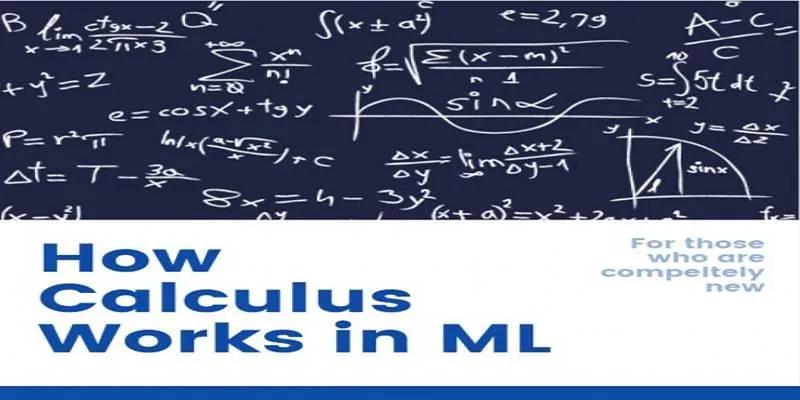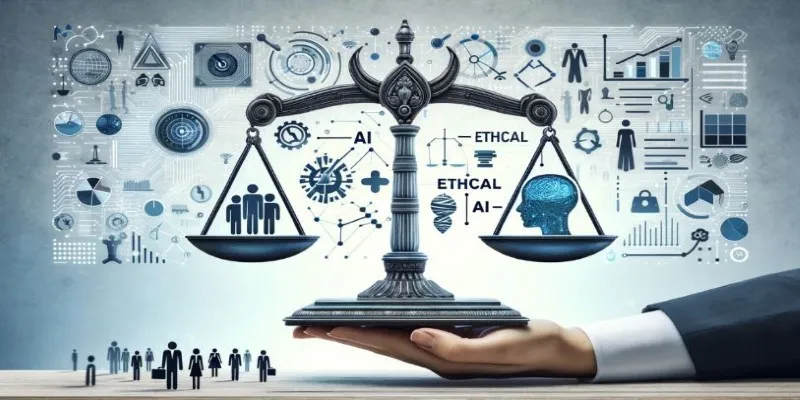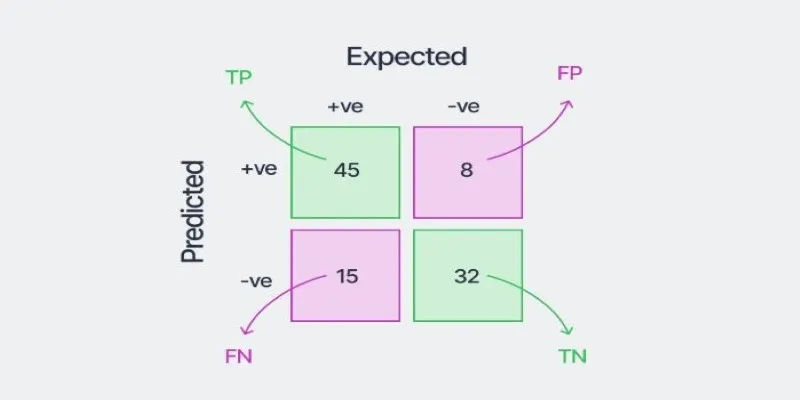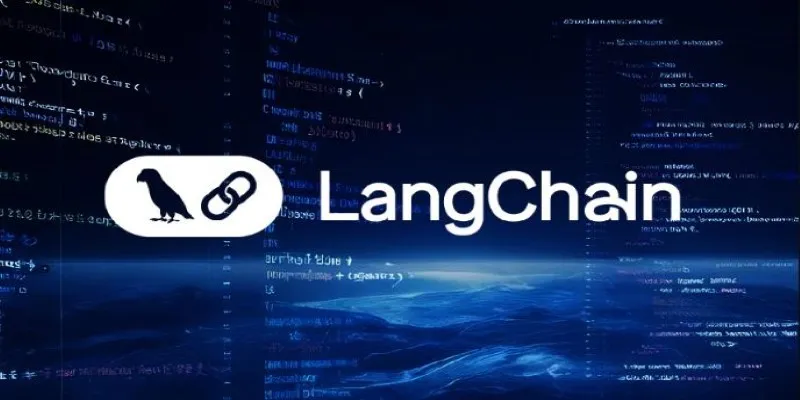Mathematics plays a crucial role in the realm of machine learning. Among the various branches, linear algebra and calculus stand out as pivotal. These mathematical disciplines form the foundation for many machine learning techniques, from basic linear regression to complex deep learning models.
Machine learning (ML) enables computers to learn from data, allowing them to make predictions or decisions without explicit programming. To function effectively, ML algorithms rely on mathematical concepts to process and interpret data. Linear algebra and calculus are integral to these processes, as they help optimize solutions and enhance accuracy over time.
This article explores the mathematical principles driving machine learning. By understanding the role of linear algebra and calculus , you will gain a deeper insight into how these fields shape ML models.
The Importance of Linear Algebra in Machine Learning
Linear algebra is a cornerstone of machine learning , dealing with vector spaces and their linear mappings. It equips you with the tools to efficiently manipulate and analyze large datasets, a necessity in machine learning.
Applications of Linear Algebra in ML
Linear algebra is central to many ML algorithms. For example, linear regression, a fundamental machine learning algorithm, utilizes matrix operations to determine the best-fitting line for a dataset. Neural networks also depend heavily on matrix manipulations to adjust weights and biases during training, facilitating model learning and improvement.
Vectors and Matrices
A matrix is a two-dimensional numerical array, while a vector is a one- dimensional array. These structures are crucial in machine learning, as they store data points, weights, and coefficients. In a machine learning model, a dataset might be represented as a matrix, with each row representing a data point and each column representing a feature.
Matrix Operations
Matrix operations, such as addition, multiplication, and inversion, are vital in machine learning. These operations allow models to efficiently manipulate and transform data. In neural networks, matrix multiplication is used to determine the outputs of different layers, illustrating the relationships between layers.
Eigenvectors and Eigenvalues
Eigenvectors and eigenvalues help identify the most significant features of a dataset. By analyzing these components, machine learning algorithms can reduce dimensionality, which is especially useful in tasks like principal component analysis (PCA). PCA identifies the most important variables in large datasets, enabling models to focus on relevant features.
The Role of Calculus in Machine Learning

Calculus, particularly differential calculus, is crucial in optimization processes within machine learning. By calculating derivatives or slopes, calculus enables machine learning models to minimize errors and adjust parameters for optimal performance.
Derivatives and Gradients
The derivative of a function indicates how its value changes with respect to its input. In machine learning, derivatives are used to calculate gradients, which point in the direction of the steepest increase of a function. By following these gradients, algorithms can optimize a model’s parameters, such as weights in a neural network.
Gradient Descent
Gradient descent is a popular optimization technique that leverages gradients to minimize functions. In machine learning, the function typically represents a model’s error or loss. The objective is to find optimal parameters that reduce this error. Gradient descent iteratively adjusts parameters by moving opposite the gradient direction to reach a local minimum.
Partial Derivatives and Backpropagation
In machine learning models with multiple variables, like neural networks, partial derivatives compute the gradient for each parameter individually. This process is vital for training deep learning models. Backpropagation, which uses partial derivatives, is an algorithm for adjusting weights in neural network layers to minimize error, making it key in deep learning.
Optimization and Convergence
Optimization in machine learning seeks the best solution to a problem. Calculus-based optimization techniques, like gradient descent, help find the global minimum of a loss function, ensuring optimal model performance. These methods ensure the algorithm converges to an optimal solution, enhancing prediction accuracy.
How Linear Algebra and Calculus Work Together

Linear algebra and calculus often collaborate in machine learning models. Linear algebra structures and transforms data, while calculus optimizes models by adjusting parameters based on gradients. This synergy allows machine learning algorithms to make accurate predictions from large datasets.
Data Representation
Linear algebra represents data in a format that machine learning algorithms can process efficiently. For instance, a dataset might be represented as a matrix, with each row corresponding to a data point and each column to a feature.
Model Training
Once data is prepared, calculus comes into play during training. By computing gradients and using optimization techniques like gradient descent, calculus fine-tunes model parameters, allowing the model to learn from data and minimize error over time.
Improving Model Performance
As the model learns, it adjusts its parameters based on the optimization process guided by calculus. Linear algebra ensures data transformations during this process are efficient and effective, enabling quick processing of large datasets.
Conclusion
In conclusion, understanding the role of linear algebra and calculus is vital for mastering machine learning. These mathematical concepts are central to data processing, optimization, and model training. Linear algebra enables efficient handling of large datasets, while calculus guides the optimization process to enhance model performance. Together, they ensure machine learning algorithms learn from data and make accurate predictions. As machine learning evolves, the importance of these mathematical foundations will continue to grow, driving innovation and improving AI systems’ capabilities.
 zfn9
zfn9
















